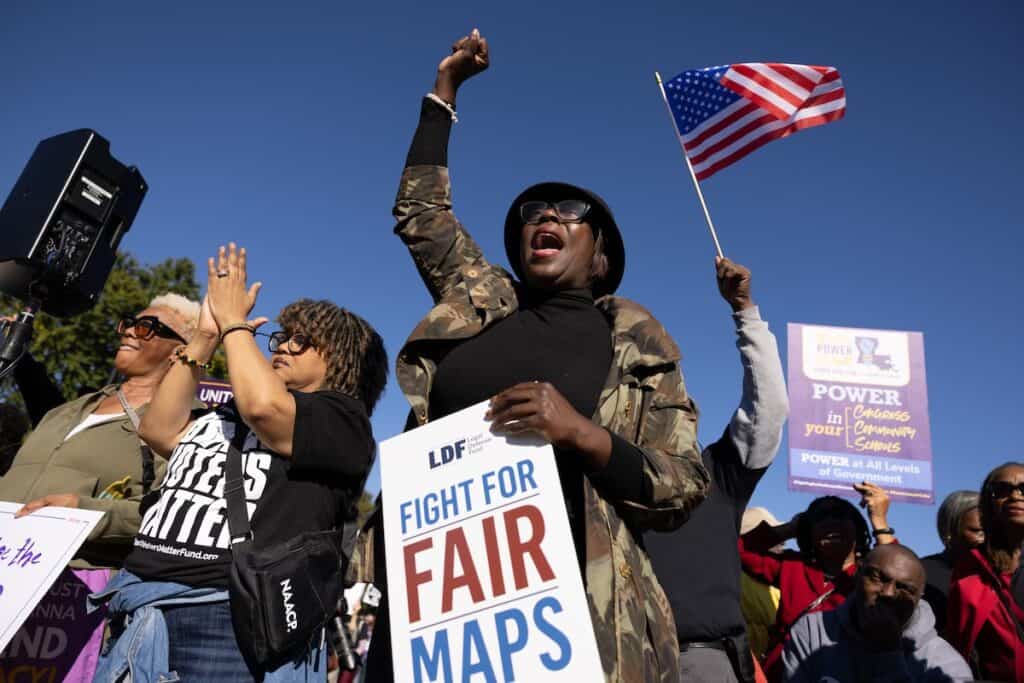Federal Court Sides with LDF, Ruling Alabama County Commission Plan an Unconstitutional Racial Gerrymander
Yesterday, in a victory for the Legal Defense Fund (LDF) and our clients, a federal court in Alabama permanently blocked the Jefferson County Commission

